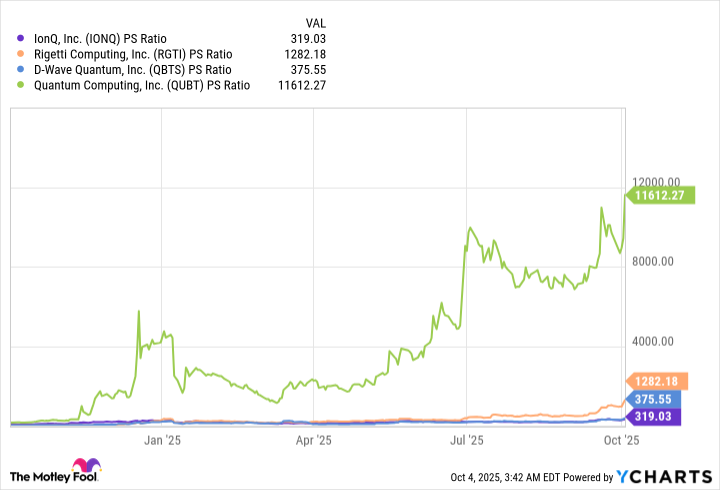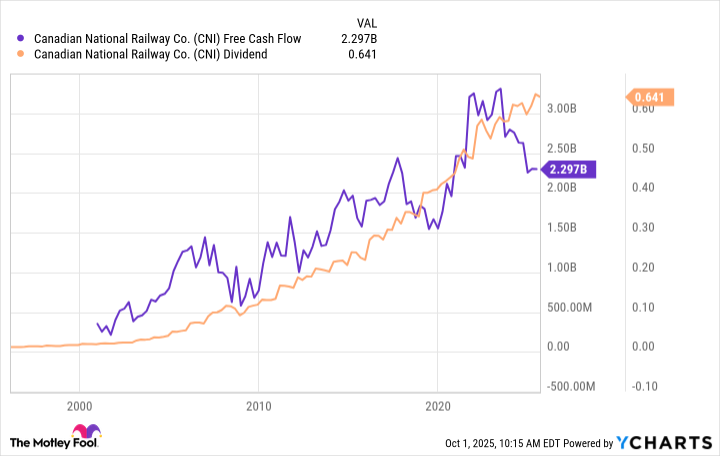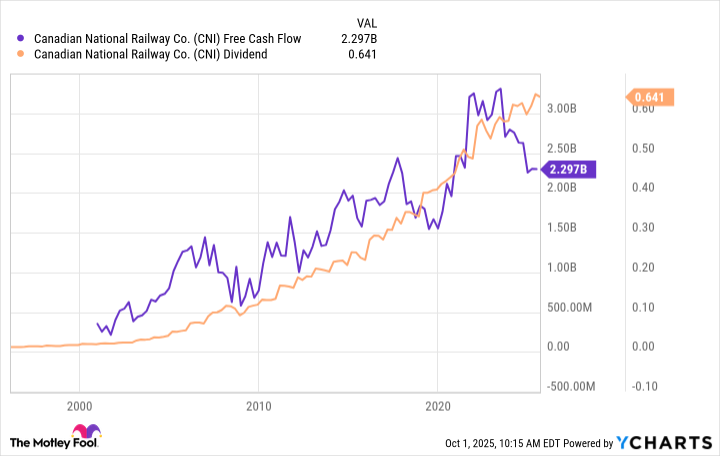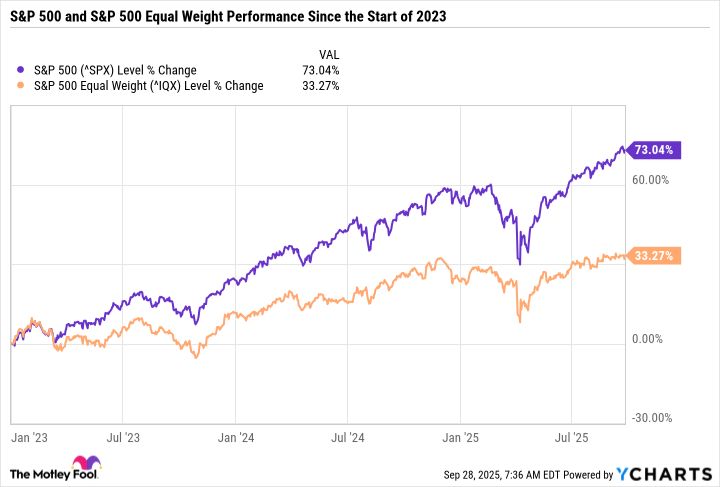4 Healthcare Stocks to Buy Now
As investors crowd into AI names at record highs, these three healthcare stocks offer more compelling valuations.
Healthcare stocks have struggled since interest rates began climbing in 2022. Rising yields pulled capital away from speculative biotech and drug development, pushing valuations lower even as research pipelines advanced. Many promising companies now trade at a fraction of their previous highs, while investors pour money into artificial intelligence (AI) names trading at record multiples.
That gap creates opportunity. Several healthcare innovators are approaching pivotal stages of development, yet their share prices still reflect caution rather than potential. These four healthcare stocks stand out as timely buys in a market that has overlooked their progress.

Image source: Getty Images.
Commercial momentum building
Crispr Therapeutics (CRSP -2.44%) and Vertex Pharmaceuticals (VRTX -1.68%) developed Casgevy, the first gene-editing treatment approved for sickle cell disease and beta-thalassemia, two inherited blood disorders.
Vertex reported $30 million in Casgevy sales in the second quarter of 2025, a sharp uptick from prior quarters, showing the drug is starting to gain traction in the marketplace. Crispr receives 40% of the program’s profits through its partnership with Vertex.
By mid-2025, 75 hospitals and clinics worldwide had been cleared to administer Casgevy, and approximately 115 patients had begun the treatment process. As more centers gain experience, patient numbers and sales are expected to grow through 2025 and 2026.
Outside of Casgevy, Crispr is working on several new treatments it fully owns, such as CTX112, a cell-based therapy in early testing for cancer and immune diseases. Results from CTX112 or other key pipeline candidates in late 2025 could provide a boost to the stock if the data show clear progress.
Late-stage catalysts approaching
Intellia Therapeutics (NTLA -3.81%) is advancing two CRISPR gene-editing programs toward key readouts. It recently completed enrollment in its Phase 3 study for hereditary angioedema, a rare disease that causes sudden swelling attacks, using a treatment called lonvoguran ziclomeran (NTLA-2002). Topline results are expected in the first half of 2026, with a regulatory filing planned later that year.
Intellia is also pushing forward with its program for ATTR amyloidosis, a disease in which abnormal proteins build up and damage the heart and nerves, using a treatment called nex-z (NTLA-2001). A pivotal trial is underway, and earlier testing showed that a single dose can reduce the TTR protein by approximately 91% in many patients, with data showing sustained reductions over time.
If both programs succeed, Intellia could become one of the first companies to win approval for a single-dose, in vivo CRISPR therapy (where gene editing happens directly inside the body) — a potential breakthrough that could lift investor expectations and reset how gene-editing companies are valued.
Platform plays with pharma validation
Recursion Pharmaceuticals (RXRX -10.24%) runs a drug discovery platform powered by AI and backed by big pharma partnerships such as Sanofi, Roche, and Bayer. In its latest results, the company pulled in $19.2 million in revenue — primarily from collaborations.
Several clinical trial updates are expected later in 2025. If those trials show its AI-discovered drugs perform well in patients, the market may begin valuing its individual programs more favorably — and that could unlock significant upside for the stock.
Viking Therapeutics (VKTX -4.00%) is advancing VK2735, a dual GLP-1/GIP agonist, through late-stage development for obesity. In its mid-stage study, the injectable version produced up to 14.7% average weight loss after 13 weeks and is now being tested in a large late-stage trial across obesity and type 2 diabetes populations.
The stock declined in August 2025 after results from the oral formulation showed higher dropout rates caused by gastrointestinal side effects from rapid dose escalation. The findings reflected how the drug was given, not an underlying problem with the compound.
With a slower titration schedule, tolerability could improve meaningfully. Both the injectable and oral versions remain key to Viking’s obesity strategy, positioning the company to compete in a market expected to exceed $100 billion in annual sales.
George Budwell has positions in CRISPR Therapeutics and Viking Therapeutics and has the following options: long January 2027 $100 calls on Viking Therapeutics and long January 2027 $60 calls on Viking Therapeutics. The Motley Fool has positions in and recommends CRISPR Therapeutics, Intellia Therapeutics, and Vertex Pharmaceuticals. The Motley Fool recommends Roche Holding AG and Viking Therapeutics. The Motley Fool has a disclosure policy.








